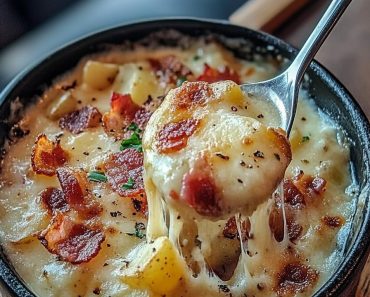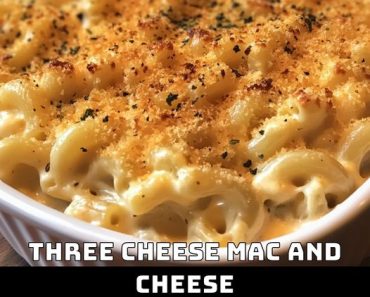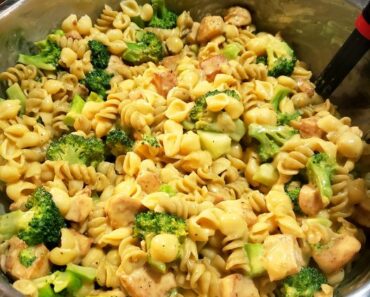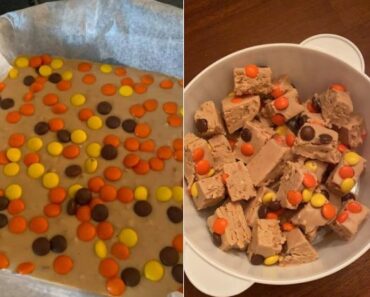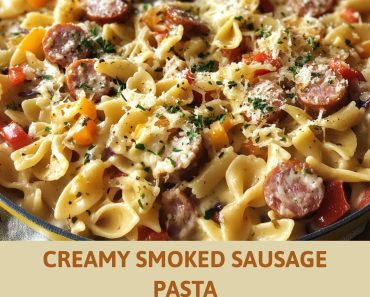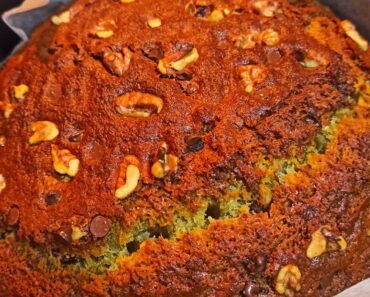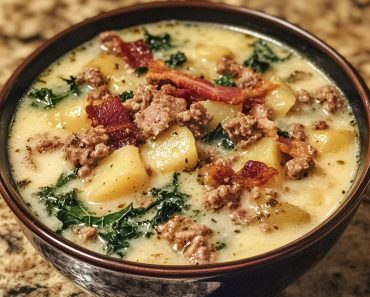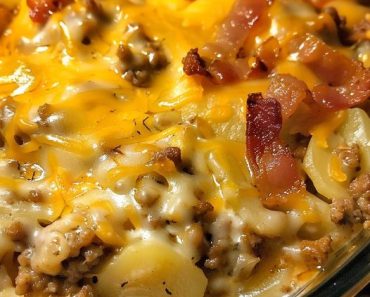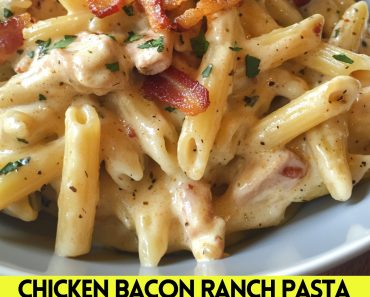
French Onion Short Rib Soup with Gruyère Toast
Ingredients:
– 2 lbs beef short ribs
– 2 large onions, thinly sliced
– 4 cloves garlic, minced
– 6 cups beef broth
– 1 cup red wine
– 2 tbsp olive oil
– 1 tbsp butter
– Salt and pepper to taste
– French baguette slices
– Gruyère cheese, grated
Instructions:
1. In a large pot, heat olive oil and butter over medium heat. Add the short ribs and sear until browned on all sides. Remove the ribs and set aside.
2. In the same pot, add onions and garlic. Cook until softened and caramelized.
3. Return the short ribs to the pot and pour in the beef broth and red wine. Bring to a simmer, cover, and let cook for 2-3 hours until the meat is tender.
4. Remove the short ribs from the pot and shred the meat. Return it to the pot and season with salt and pepper.
5. Preheat the broiler. Place baguette slices on a baking sheet and top with grated Gruyère cheese. Broil until cheese is melted and bubbly.
6. Serve the French Onion Short Rib Soup hot with Gruyère toast on top.
🌟 Tips to Make Your French Onion Short Rib Soup Even More Amazing 🌟
✅ Sear well:
Make sure to sear the short ribs on all sides to develop rich flavor.
✅ Slow-cooking:
Allowing the short ribs to simmer for 2–3 hours makes the meat tender and lets all the flavors blend together.
✅ Don’t rush the caramelized onions:
Slow-cooking the onions until they’re deep and rich in color is key to developing a deep, sweet flavor.
✅ Red wine:
Using a full-bodied red (like cabernet Sauvignon or Merlot) adds depth to the broth.
✅ Make it a day in advance:
Flavors deepen overnight. Prepare the soup a day in advance and gently reheat it when you’re ready to serve.
🍪 Variations to Try 🍪
➥ Add herbs:
Consider adding thyme or rosemary sprigs while the short ribs simmer.
➥ Swap cheeses:
Instead of Gruyère, try Comté or Emmental for a different twist.
➥ Make it lighter:
Remove excess fat from the broth after refrigeration to cut back on richness.
➥ Add veggies:
Consider adding diced carrots and celery for additional texture and flavor.
🌟 20 Best Tips 🌟
1️⃣ Sear the short ribs well:
A deep sear adds rich flavor to the broth.
2️⃣ Don’t rush the caramelized onions:
Slow-cooking brings out their natural sugars.
3️⃣ Remove excess fat:
Skim it off to avoid a greasy broth.
4️⃣ Brown in batches:
Don’t overcrowd the pot when searing the short ribs.
5️⃣ Season at every step:
Add a little salt and pepper after each addition.
6️⃣ Use a heavy-bottomed pot:
A Dutch oven is perfect for slow-cooking.
7️⃣ Deglaze with red wine:
Don’t waste those crispy bits — scrape them up with the wine.
8️⃣ Add herbs:
Bay leaf, thyme, or rosemary enhance the flavor.
9️⃣ Slow-cooking transforms tough cuts:
The low and slow process makes the short ribs tender.
🔟 Remove the bones:
Remove and discard after cooking; this makes serving easier.
11️⃣ Skim the broth:
Remove impurities for a clearer, purer flavor.
12️⃣ Pair with a hearty bread:
Toasted baguette with Gruyère is a perfect match.
13️⃣ Don’t overboil:
Slow and gentle cooking lets the flavors develop.
14️⃣ Taste and adjust:
Don’t be afraid to add more seasoning toward the end.
15️⃣ Make it a day in advance:
Flavors deepen overnight.
16️⃣ Remove excess grease after refrigeration:
Simply lift it off once it hardens on the surface.
17️⃣ For a richer broth:
Consider adding a small piece of Parmesan rind during cooking.
18️⃣ Add depth with Worcestershire:
A dash can boost savory notes.
19️⃣ Consider adding a bit of tomato paste:
It adds umami and depth.
20️⃣ Serve immediately:
For the best texture, add toast just before serving.
🌟 20 FAQ (Questions & Answers) 🌟
1️⃣ Can I use a slow cooker instead of a pot?
✅ Yes, after searing, you can transfer ingredients to a slow cooker and cook on low for 6–8 hours.
2️⃣ What cut of beef is best for this soup?
✅ Short ribs are ideal, but you can use chuck if you prefer.
3️⃣ Do I need to deglaze the pot with red wine?
✅ It adds depth of flavor, but you can omit it or use broth instead.
4️⃣ Can I make it a day in advance?
✅ Absolutely — it’s often better the next day.
5️⃣ Why do you skim the broth?
✅ To remove impurities and excess fat for a clearer soup.
6️⃣ Are yellow or red onions okay instead of white?
✅ Yes, yellow or sweet onions work beautifully.
7️⃣ Do I need to use Gruyère?
✅ Gruyère melts well, but you can substitute Emmental or Comté.
8️⃣ What if I don’t drink alcohol — can I omit the wine?
✅ Absolutely. Just use additional broth instead.
9️⃣ Why do you sear first instead of boiling directly?
✅ Searing develops rich, deep flavor.
🔟 Can I freeze the soup without the bread and cheese?
✅ Yes — freeze just the broth and meat. Prepare toast when serving.
11️⃣ How long can I freeze it for?
✅ The soup can be frozen for up to 3 months.
12️⃣ Should I cut the short ribs first or cook them whole?
✅ Keep them whole for more flavor; you can shred afterwards.
13️⃣ Do I need to skim off all the fat?
✅ Removing excess makes for a clearer, less heavy broth.
14️⃣ Why do we add tomato paste or Worcestershire sometimes?
✅ It deepens the umami and rich flavor of the broth.
15️⃣ What if I want it thinner or thinner in texture?
✅ Add more broth if it’s too thick; reduce it if it’s too thin.
16️⃣ Is a heavy-bottomed pot necessary?
✅ It prevents scorching during slow-cooking.
17️⃣ Why do we broil the toast separately instead of adding it directly to the soup?
✅ To keep it crispy and avoid it getting soggy.
18️⃣ Which herbs are best to add to this soup?
✅ Thyme, rosemary, and a bay leaf all work well.
19️⃣ Is there a vegetarian version of this?
✅ You can omit the short ribs and use hearty veggies and vegetable broth instead.
20️⃣ What should I serve it with aside from toast?
✅ A simple green salad or a side of roasted veggies pairs nicely.

